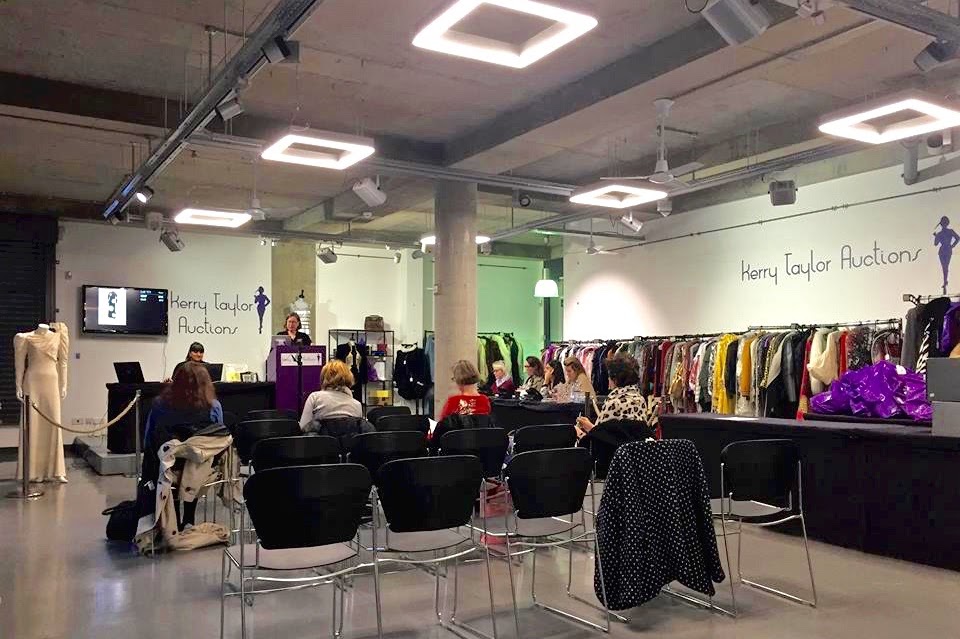For a long time monogramming personal objects was not only a symbol of ownership. Engraved objects were seen as more precious and valuable and therefore, aside from one's own initials, it was common to engrave the date of a memorable occasion, an intimate phrase, family crest or a dedication. All in an effort to add personal value to an otherwise easily reproduced item. Until the 1950s objects would often come with a small empty plaque allowing one space for a small engraving -- typically two or three letter initials. Usually these were the small, everyday items, such as cigarette cases, jewellery, notebooks, powder compacts, glasses cases, watches as well as travel items such as suitcases, vanity cases, storage boxes and bags. Initials could then be engraved, embossed or embroidered onto an empty name tag or a purposely-designed plaque. While the latter two methods are still frequently in use today, it is engraving that has become a phenomenon of the past.
Why this has occurred is connected to mass production and the subsequent decrease in quality of many items. Engraved objects are typically made of glass, wood or metal, not plastic, and designed to last decades. In the past it was popular to purchase refills of your favourite powder, which would then be placed inside your personal, metal, usually intricately designed, powder compact, ready to be used again. Today, when you purchase a new face powder it is rarely a refill but an entirely new (plastic) compact, mirror and puff. The same applies to jewellery which previously tended to be gold, rather than gold-plated and typically more robust. Such a necklace does not risk breaking, is expected to last for years to come and therefore makes more sense to engrave. Engraved objects also become more meaningful due to their uniqueness and personal quality. They become almost a signed possession, similar to a painting or passport, an extension of their owner as well as a means through which to identify them.
When I first purchased my 1940s powder compact by Kigu at an antique fair I paid little attention to the the empty square plaque on the front. Only later did it occur to me what its true function was. At first I was hesitant to engrave my initials, worried that it would prevent me from selling the compact in the future, that it would ruin its look and perhaps that I might not like the style of lettering the engraver chose. However, after debating the decision, I decided to take the risk with my treasured object and began the search for a trustworthy engraver. I live in Warsaw and if one knows where to look there are still a number of craftsmen around who offer specialised services. I, personally, found the Craftsmen Map (Mapa Rzemieślników) very helpful. A source which consolidates all the freelance workshops of engravers, seamstresses, cobblers, furriers, framers, photographers, leather craftsmen, jewellers and metal workers and many more, all in one place. Using the map one can easily find the service they need nearest to where they live.
I telephoned a number of engravers and ultimately settled on Mr. Janusz Ługowski. The journey to get to his workshop was quite the ordeal -- it wasn't very close to me, that day it happened to pour down with rain and the location was quite difficult to find. Not to mention how difficult he was to reach via mobile phone. However, all that aside, once I finally got to the small studio, or rather the two tiny rooms inside a garage on an enclosed patio behind an old tenement building, the older man turned out to be very kind. He engraved my compact on the spot, it took only five minutes, and even let me take photos while he worked. He also offered to polish the compact which allowed the decorative floral pattern around the border to rise to prominence. The entire service cost a mere 10 zł (£2)! I am so happy with how it turned out and I think it was absolutely worth the visit (and the interesting travel experience). Take a look below, what do you think, should engraving personal objects make a comeback?
The engraving workshop I went to in Warsaw, Poland, was that of Janusz Ługowski.
http://grawerowanie.com
To find it I used the Craftsmen Map, which consolidates freelance craftsmen working in Warsaw.








Post a Comment